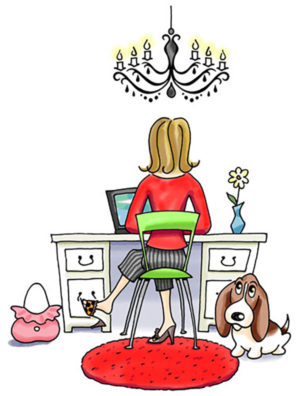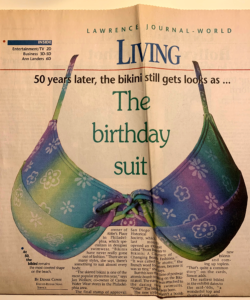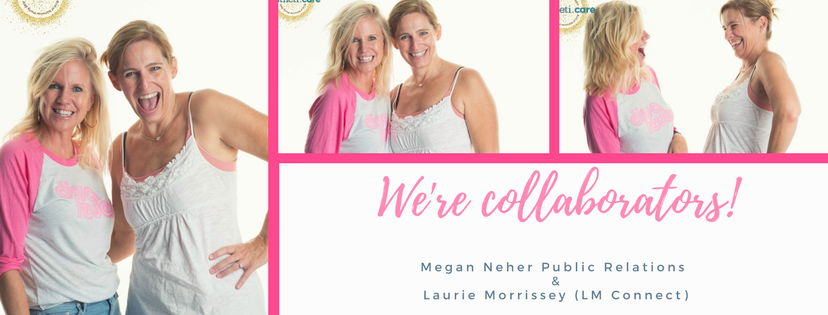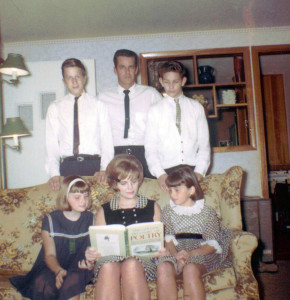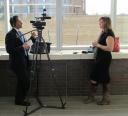Extraordinary times. Unprecedented times. We must pivot our marketing, PR and social media strategies. These are all things we’ve heard repeatedly during the past few weeks throughout this COVID-19 health crisis.
What can we do right now? What I would recommend to my clients right now is to communicate sensitively, remain optimistic and be present. It’s important to be authentic to our internal and external audiences because our company’s brand voice has a character, and it must continue during this time. We don’t want to be absent or go completely dark during a crisis. In fact, I’d argue it’s even more important to be there for our audiences as many of us are on the Internet a lot more right now with the isolation order.
What this means for businesses:
- Revamping all of the scheduled social media posts and starting from scratch
- Rescheduling or canceling planned events and announcing new dates to audiences
- Developing relevant webinars
- Writing helpful blog posts
- Continuing with pertinent updates to websites, e-newsletters and social marketing
- Looking for possible news angles to share useful information with the local media
How we recover? I’ve owned my business for nearly 17 years assisting clients with media relations, marketing, social media and crisis communication. What is happening today is unique, but it is also what we plan for every time we talk about crisis and business planning.
Recovering from this means we need to think beyond the
crisis. Which is one of the hardest things to do! The uncertainty surrounding the
timing of the end of our isolation order as well as the uncertainty surrounding
the end of the spread of the virus is causing fear for a lot of us. I would
suggest that we thoughtfully look at our communication strategies for 2020, and
re-adjust based on this new normal.
My recommendations for how we come back: build credibility, engage on a deeper
level, communicate empathy and demonstrate competence.
Why messaging is important? I love thinking about the importance of communication specifically during THIS crisis. When it comes to beating this pandemic, it is all about spreading the message to #flattenthecurve. Without concerted messaging from politicians, businesses, civic leaders and eventually trickling down to all of the rest of us, this virus would have serious and possibly grave effects on humanity.
During a crisis, good communicators understand the importance of:
- building trust
- explaining the risks without creating panic
- demonstrating that leadership has a plan and is taking action
- conveying instructions appropriately
- welcoming feedback and working to engage with audiences
- maintaining focus and sharing positivity when appropriate
There’s been a lot of jokes on TV and social media, including on The Tonight Show starring Jimmy Fallon, about the abundance of businesses communicating about COVID-19, mostly emails flooding our in-boxes from every business we’ve patronized… ever. I don’t mind these jokes. This is good communication business policy. This means that businesses are mindful and responding to their customers appropriately.
When the dust settles (and I know it will), I hope and pray we’ll all be safe and back to our new marketing strategies of best practices of communication, messaging, PR and social media.

